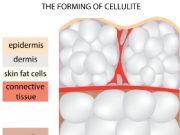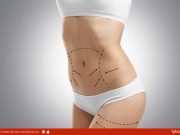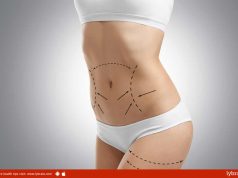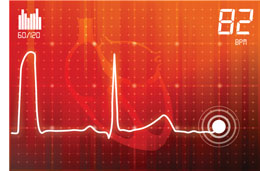
There are two types of body fat – essential and storage. Essential fat is necessary for normal body metabolism and consists of fat stored in the heart, lungs, liver, kidneys, intestines, bone marrow, muscles, spleen, and in the central nervous system. The percentage of essential fat is 2-5% for men and 10-13% for women. This difference in the amount for men and women is due to the fact that women need more fat for the process of childbearing and other hormone-related functions. Storage fat, on the other hand, consists of fat stored or accumulated in the adipose tissue (loose connective tissue). Adipose tissue is responsible for storing energy in the form of fats and for protecting the internal organs of the body. Storage fat percentage is 12% for men and 15% for women.
The ideal percentage, which is considered to be acceptable and safe is 5% for males and 12% for females. However, the proportion varies from one person to another depending upon the body types (endomorphs, mesomorphs, and ectomorphs), age, sex, hereditary, lifestyle, and eating habits. Men and women, whose percentages are below 3% and 10% respectively, are considered to be unhealthy.
As a matter of fact, the minimum recommended body fat percentage is slightly more than the essential percentage of the same. It is because the body requires some amount of storage fat to be used as a source of energy in times of need. In fact, the recommended percentage would vary for people from different fields of work. For example, the American Council on Exercise has categorized ranges of body fats into four types, namely athletes (6-13% for men, 16-20% for women); fitness (14-17% for men, 21-24% for women); acceptable (18-25% for men, 25-31% for women), and obese (25%+ for men, 32%+ for women).
Measurement of Body Fat Percentage
This measurement helps to determine whether or not a person is at a healthy weight, with respect to his/her body type, size, age, and sex. In addition, while losing body weight, it is important to know whether the lost weight comes from the lean body mass (mass of organs, muscles, bones, and water) or the fat mass. Another method known as body mass index (BMI) calculation is used to analyze the health risks related to excess fat in the body. BMI is actually an estimation of body fat, based on a person’s height and weight and does not measure its percentage.
However, certain measurement techniques are available for analyzing the total body fat. Some of the commonly used analyzers are:
- BIA (bioelectrical impedance analysis) – This is a common and affordable procedure used for its estimation. However, the results are not very accurate.
- TOBEC (total body electrical conductivity) – An accurate technique for measuring lean body mass but the equipment is very costly as compared to the other procedures.
- CT (computed tomography) – A less common method that is based on radiation.
- Calipers (anthropometry) – A common and affordable tool for measuring the skinfold thickness.
- DXA, earlier DEXA (dual energy X-ray absorptiometry) – A bone scan test that is used to measure bone density. Nowadays, it is becoming a very common, reliable, and a safe tool for the measurement.
- NIR (near-infrared interactance) – A simple and fast analytical technique for the measurement; but this method is less reliable since errors are observed frequently.
- MRI (magnetic resonance imaging) – A very safe procedure of scanning but of limited use, due to its high cost.
- BOD POD (air displacement) – A less common analyzer, based on underwater weighing.
There are also certain online tools available for calculating the same. One needs to fill up the age, sex, total body weight, height, and other relative data such as hip and waist size, in order to estimate it as such.







































